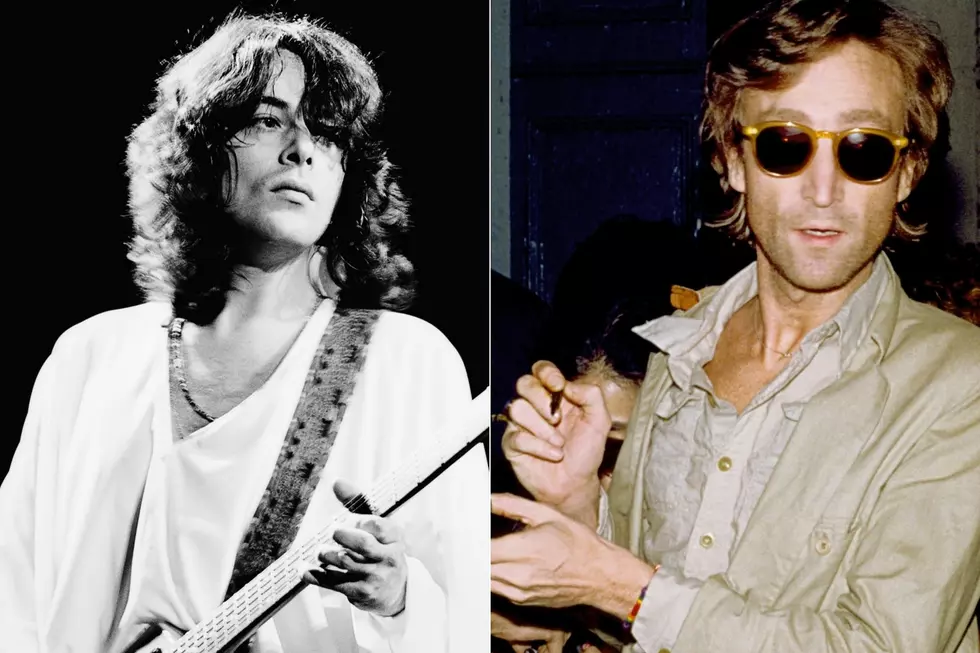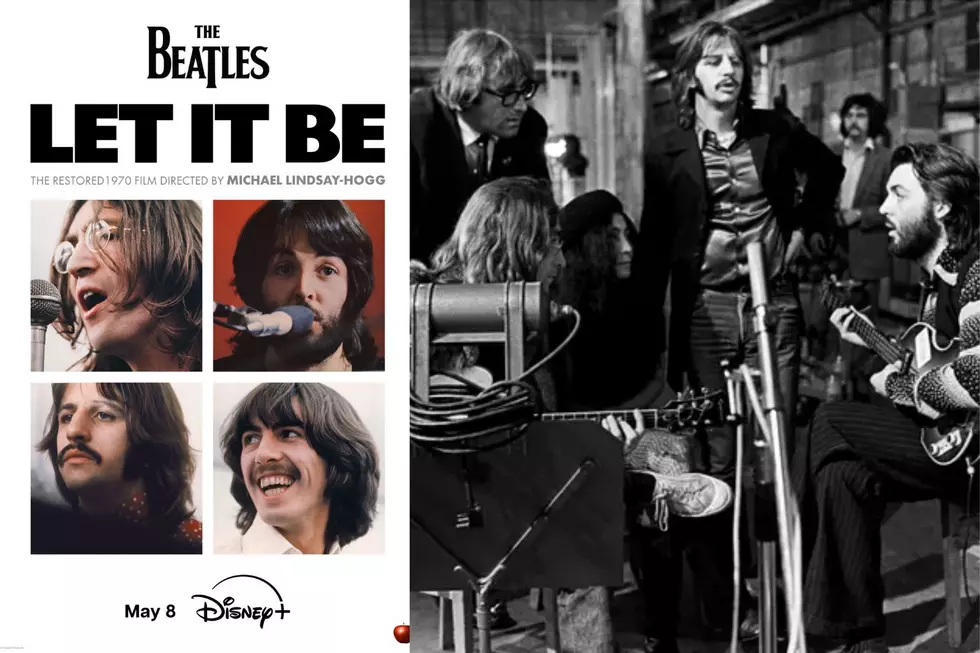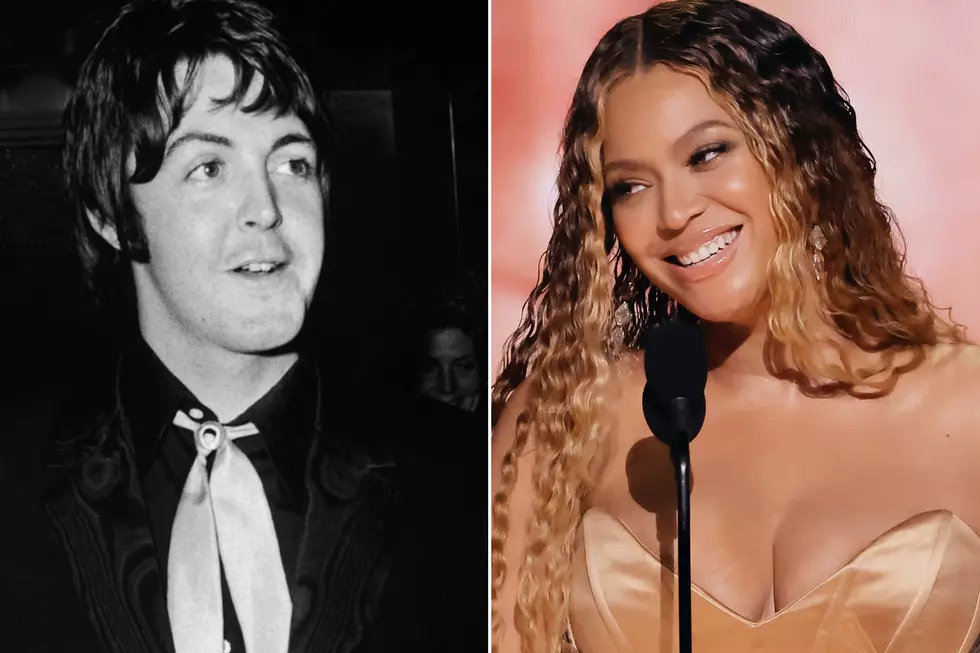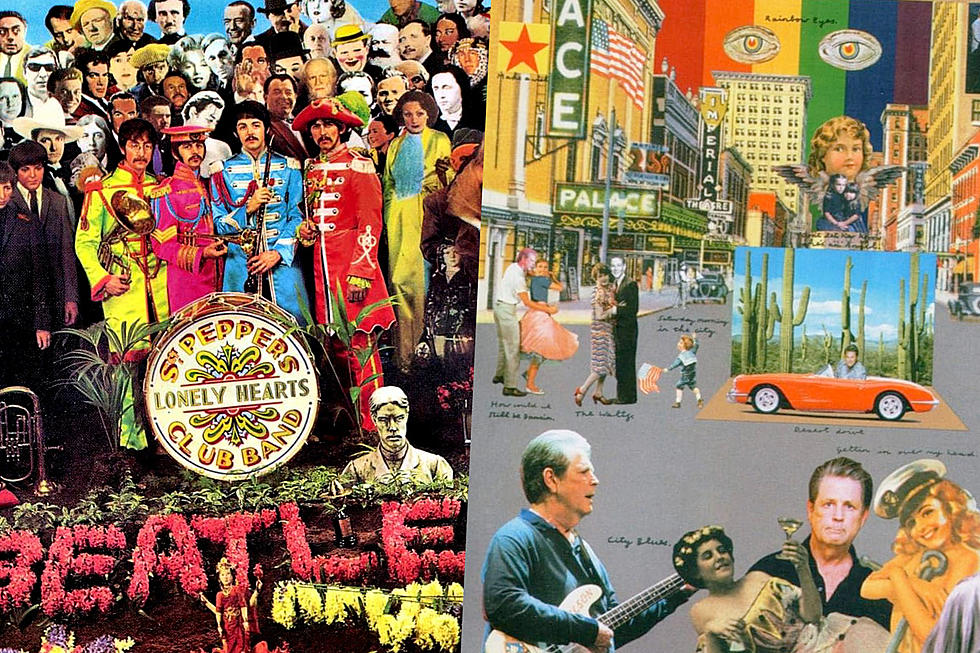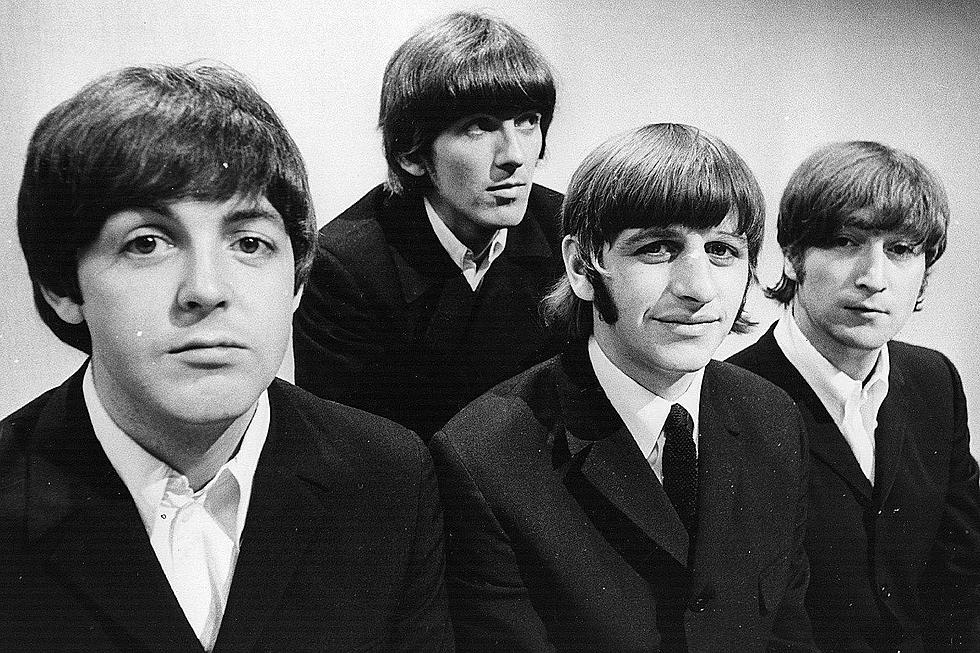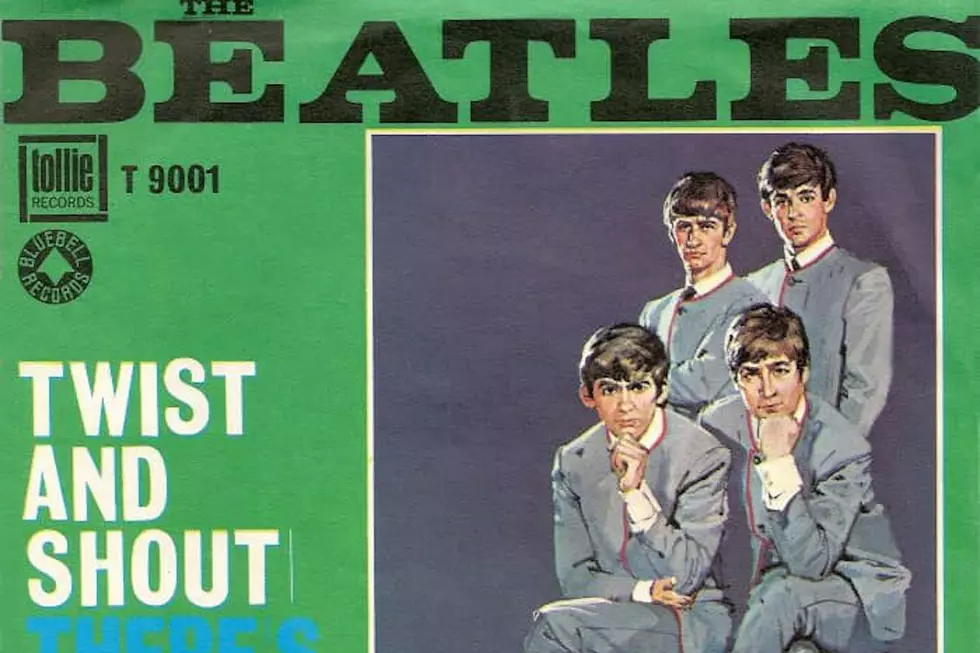
Why John Lennon Originally Hated the Beatles’ ‘Twist and Shout’
The Beatles' "Twist and Shout" is beloved for its blemishes: John Lennon's voice is moments away from disintegration — a raw snapshot of a singer wrestling a rock song in real time. And while Lennon eventually came to admire that take himself, those imperfections originally made him squirm.
That mythical performance took place in February 1963, closing out a marathon, half-day recording session for the Beatles' debut LP, Please Please Me. Guiding the band through the recording of its live repertoire, producer George Martin suggested they save "Twist and Shout" for the final song — fully aware it could wreck Lennon's voice.
"I knew that 'Twist and Shout' was a real larynx-tearer, and I said, 'We're not going to record that until the end of the day, because if we record it early on, you're not going to have any voice left,'" the producer recalled in the 2000 Beatles Anthology book.
"So that was the last thing we did that night. We did two takes, and after that, John didn't have any voice left at all. It was good enough for the record, and it needed that linen-ripping sound."
Lennon clearly poured every remaining ounce of energy into the song: His tone is strained and hoarse, struggling to nail the descending melodic run in "work it on ou-ou-out" and almost foaming at the mouth on "twist a little closer." It's the kind of vocal a future metal singer could appreciate — but set against a well-oiled early rock riff. (The Beatles' take sounds like a snappier version of the Isley Brothers' 1962 version, sharing little DNA with the 1961 original by R&B group the Top Notes.)
"['Twist and Shout'] nearly killed me," Lennon said in Anthology. "My voice wasn't the same for a long time after; every time I swallowed, it was like sandpaper. I was always bitterly ashamed of it, because I could sing it better than that, but now it doesn't bother me. You can hear that I'm just a frantic guy doing his best. We sang for 12 hours, almost nonstop. We had colds, and we were concerned how it would affect the record. At the end of the day, all we wanted to do was drink pints of milk."
Watch the Beatles Perform 'Twist and Shout'
The Beatles did one more take, but it proved to be of no use: Lennon's voice was gone by that point.
"Twist and Shout" nevertheless became a centerpiece of Please Please Me — fittingly, as the closer — upon the album's release in March 1963. It didn't arrive as a U.S. single, backed with "There's a Place," until March 2, 1964, according to Beatles Bible.
The song remained a staple of their live show: According to Setlist.fm, they played "Twist and Shout" live 374 times, more than any other track. The Beatles plugged "Twist and Shout" into some of their most famous sets, including their February 1964 appearance on The Ed Sullivan Show and their historic gig in August 1965 at New York City's Shea Stadium.
They also paired the track with their finest moment of stage banter: During the Royal Variety Performance in November 1963, at London's Prince of Wales Theatre, with Queen Elizabeth and Princess Margaret gazing from the royal box. Lennon took advantage of the cultural contrast, introducing "Twist and Shout" with a classic sarcastic comment.
"For our last number, I'd like to ask your help," he said. "Will the people in the cheaper seats clap your hands? And for the rest of you, if you'll just rattle your jewelry."
He was actually "fantastically nervous," Lennon admitted in an interview published in Anthology. "But I wanted to say something to rebel a bit, and that was the best I could do." Their live take that night is fine enough — a bit slower and stiffer, but with Lennon more in command of his voice. His lack of control, the feeling of musical free fall, is what makes the original so thrilling.
The Stories Behind Every Beatles LP Cover
Foreigner, Styx and Don Felder Share Beatles Memories
More From Ultimate Classic Rock
